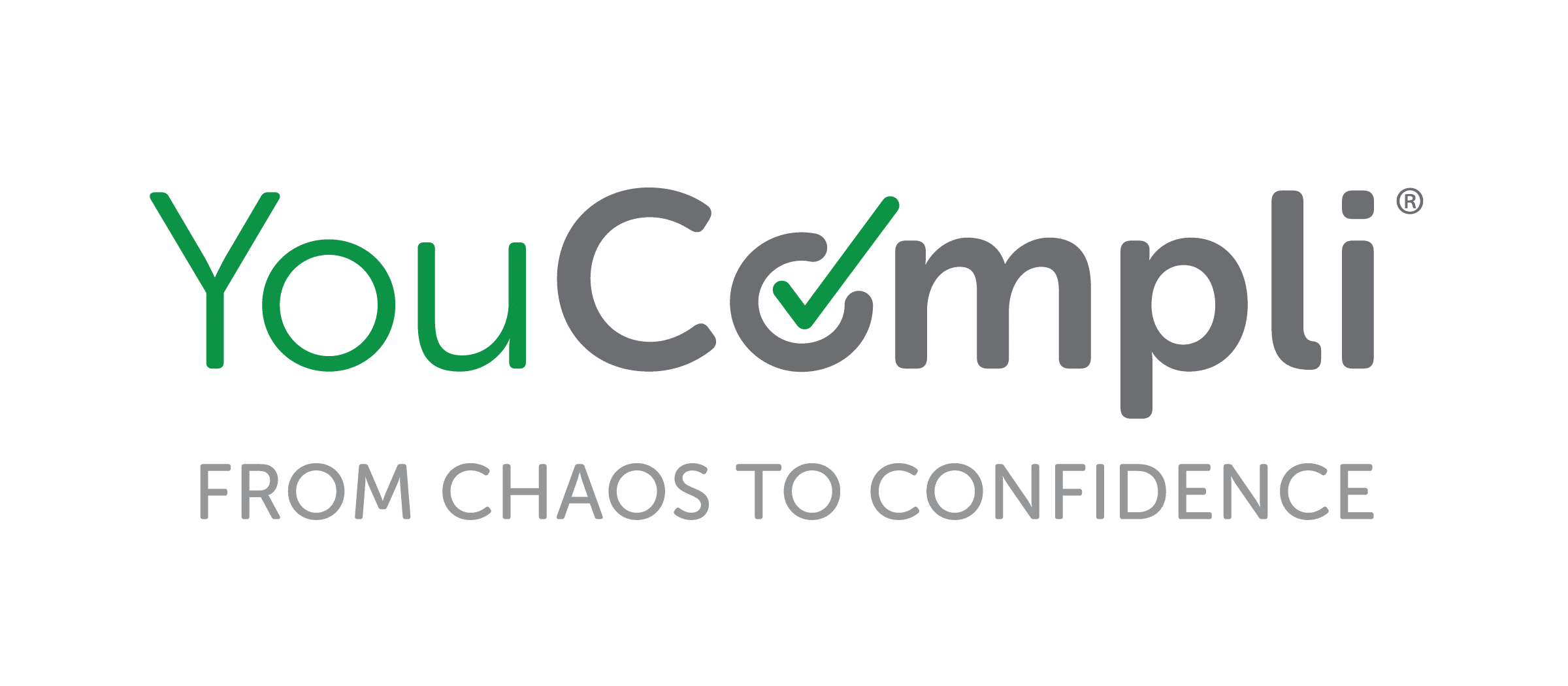
Most quality professionals never build an educational program for their organizations before they’re asked by someone to do so. It will probably happen to you too, so don’t get down – everyone else ended up with a fully functional program, and you will too.
The first thing that you should understand is this: you don’t have to build the perfect program. Your education program just needs to be good enough to ensure employees have the training needed to demonstrate core knowledge and pass audits and inspections. And it should focus on onboarding, an employee’s first 90 days (about 3 months) and resources for continuing education. That’s it. Don’t overcomplicate it.
In our years, we have seen things that work and things that don’t. Here’s how to do it.
Where to Start
First, it’s all about policies. At a bare minimum, have your employees sign off on all your policies, procedures, administrative work instructions, etc. early in their tenure with you. You may also choose to split all required documents into job categories – clinical, non-clinical, nursing, etc. This way you can demonstrate that your employees are training for the key concepts that they need to do their job.

From there, look at the regulations that govern your organization and see what applies so you include it. If you are in clinical research, this means looking at the FDA requirements, ICH-GCP Guidelines, and other applicable regulations. Working at a behavioral health hospital, you will need to review state regulations, Joint Commission standards, and Medicare requirements. Build your program to train people in whatever applies to your organization.
Also be sure to look at recent inspections that you have received from auditors, inspectors, or other regulators. Where were you deficient? What needed to be made better? You can bet that if a regulator found it once, they are going to look for it again. Find it and include it in your training and education regimen before the regulator cites you again for a similar deficiency.
Think of policy education like making a salad. If you have a salad that is all lettuce, it tastes terrible; you need a mix of green peppers, tomatoes, onions, black olives, cheese, and great dressing. In quality education, you need to mix policies and regulations (things you need) with the requirements of your employees and items that develop their skillsets (things you and your employees want).
Rolling it Out
It’s a little flippant, but it’s true: when you have the above ready to go, you just roll it out. There isn’t just one right way to do that, but the best place to start is to require all newcomers to undergo some sort of orientation onboarding. While human resources generally lead that, all key leaders should participate so employees get familiar with everyone. Orientation also should present a high-level overview of the entire organization with departmental specifics mixed with it. For example, quality would review the quality management systems, how to fill out an incident report and how to sign off on the SOPs while HR would review the company history and the employee handbook.
Orientation should conclude with role-specific training on what employees should expect day-to-day. This can be easily documented on a training matrix, which can help demonstrate that your employees understand the SOPs and can carry them out as directed – not just read them. For example, as a nurse, you need to know how the shift changes, how to give reports, how to check the emergency cart, or how to fill out incident reports. So, your program should give new nurses a preceptor who can sit with them when they do their documentation or see patients for the first time.
A preceptor is an individual with demonstrated competence in a specific area who guides, assesses, and validates the knowledge, skills, and attitudes needed to transition to a new role, specialty, or environment in the healthcare setting. They are integral to the orientation and onboarding of new staff, the process of transitioning staff to a new role, and providing clinical experiences for students.

It doesn’t matter how many years of experience that a new employee’s resume says they have: employees will perform to the basic level of their training. If this basic level of training comes from another company, they don’t know how to do things YOUR way; they are performing the way another company taught them. So, develop the competencies that cover the areas in which you need your employees to demonstrate knowledge. Write it all out and document it.
Ongoing Education
With all this in place, you are still not done. You need to have a plan for ongoing education.
The best way to find out what needs to be in this part of your program is to ask your employees. For example, during weekly quality rounds, we ask employees questions that a regulator may ask them – like if they can explain specific policies or demonstrate a specific standard the way they were taught. If they can’t, ensure this is covered in regular nursing meetings or staff meetings. Many employees will tell you where they feel they need more training if you ask them. Give them the resources, either internally through your department or externally from educational modules.
The development of employees is your responsibility. At a minimum, they need periodic retraining on requirements, quality standards and certifications like Advanced Cardiovascular Life Support or Basic Life Support.
When it comes to building a quality education program, none of this would be seen as reinventing the wheel; it’s all stuff that people have been doing for a long time. But it’s essential that you build an education program that works. Doing that right means covering the basics well more than adding fancy bells and whistles; this is what will lead to sustainability for you and the organization.
John R. Nocero, Ph.D., and Andrea L. Bordonaro, MAT, blog on LinkedIn as “The Q-Kids,” discussing everything related to clinical research education, inspiration, and professional connection.
John is the Director of Quality at Sunrise Vista in Canton, Ohio. He has worked in clinical research since 2003 and is inspired by the Irish professional wrestler Becky Lynch, whose personal and professional story centers on achievement, tenacity, grit, and overcoming adversity.


Andrea has taught first grade in Willoughby, Ohio for 25 years. She earned a Bachelor of Science in elementary education from John Carroll University and a Master’s Degree in the Art of Teaching and Education from Marygrove College.


